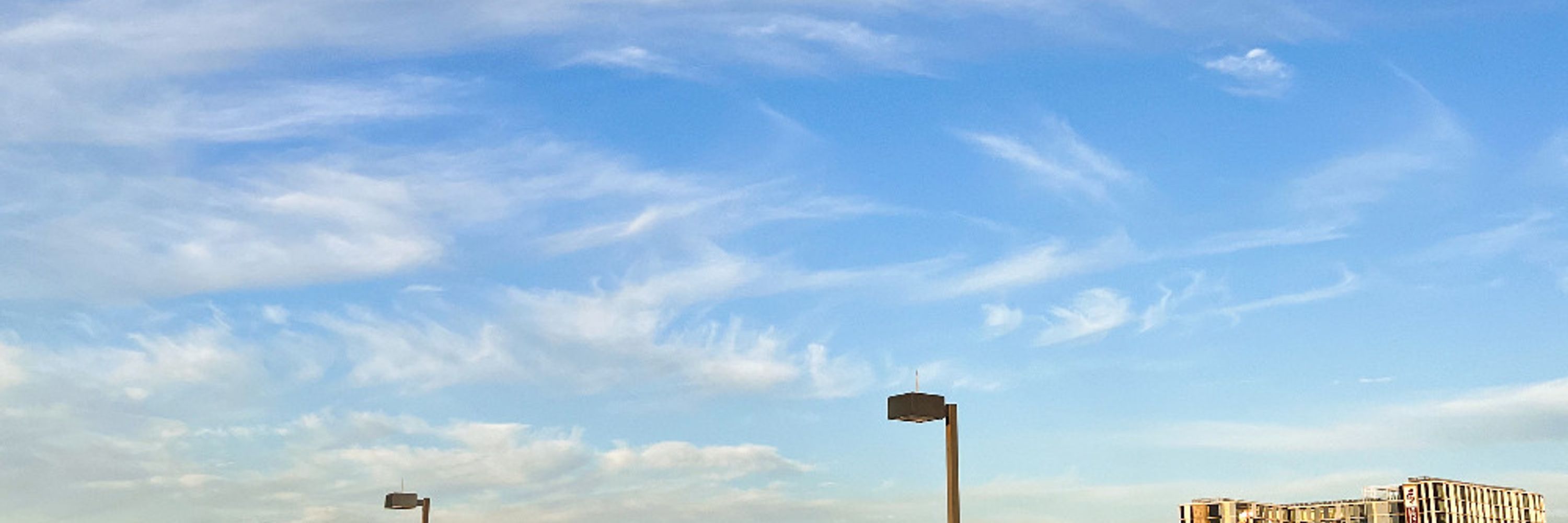

Our two methods agree! 🥳 There is a clear velocity offset between the disk and the bulge.

Our two methods agree! 🥳 There is a clear velocity offset between the disk and the bulge.

That little galaxy is BOOMING!


That little galaxy is BOOMING!





Her gaze facing the East
At her back our doors are closing
As we grin and bare our teeth
On the wind the wolves are howling
She cries, they're drawn near
Well turn around, turn around my darling
Oh, the wolves are here"
"The Wolves" by Watchhouse

Her gaze facing the East
At her back our doors are closing
As we grin and bare our teeth
On the wind the wolves are howling
She cries, they're drawn near
Well turn around, turn around my darling
Oh, the wolves are here"
"The Wolves" by Watchhouse




What causes this? At high O/H, stellar winds are more opaque and scatter photons better, leading to lower ion. param.! (Dopita+06)

What causes this? At high O/H, stellar winds are more opaque and scatter photons better, leading to lower ion. param.! (Dopita+06)

![A panel of 6 subplots, each showing a different physical property, but all comparing the CHAOS observations to the Cloudy+NebulaBayes modeling. From top to bottom, left to right, the panels show the: [NII]/[OII] ratio, the [OIII]/[OII] ratio, the ([OIII] + [OII]/Hbeta) ratio, the nitrogen abundance (log(N/H)), the [SIII]/[SII] ratio, and the oxygen abundance (12 + log(O/H)). The data points are color coded to indicated the CHAOS galaxy. In each panel there is a general 1:1 agreement.](https://cdn.bsky.app/img/feed_thumbnail/plain/did:plc:3vfbodohqj7lbzftc4k537f2/bafkreiafsfmpyoomumnix6f4lnqdjspoglhlj6foclatyeibrm2ekodoua@jpeg)





![Scatter plot showing a relationship labeled "[OIII]/[OII] vs. [NII]/[OII]" at the top in black text. The data points are color-coded, representing the data source. There is no trend apparent in the data. The x-axis range from 7 to 9.2, and the y-axis ranges from -3.5 to -1.5.](https://cdn.bsky.app/img/feed_thumbnail/plain/did:plc:3vfbodohqj7lbzftc4k537f2/bafkreif3ytdpkcpjlqgfmzgbjvqairztlnln7znjo5gsyyyzvsilwkfzwi@jpeg)
arxiv.org/abs/2412.01680

arxiv.org/abs/2412.01680
Thankful for this life, though it leads to death.

Thankful for this life, though it leads to death.
Thankful for the values, no matter what it takes.

Thankful for the values, no matter what it takes.
Thankful for the misery, and occasional pains.

Thankful for the misery, and occasional pains.
Thankful for the whispers, that set me free.

Thankful for the whispers, that set me free.

